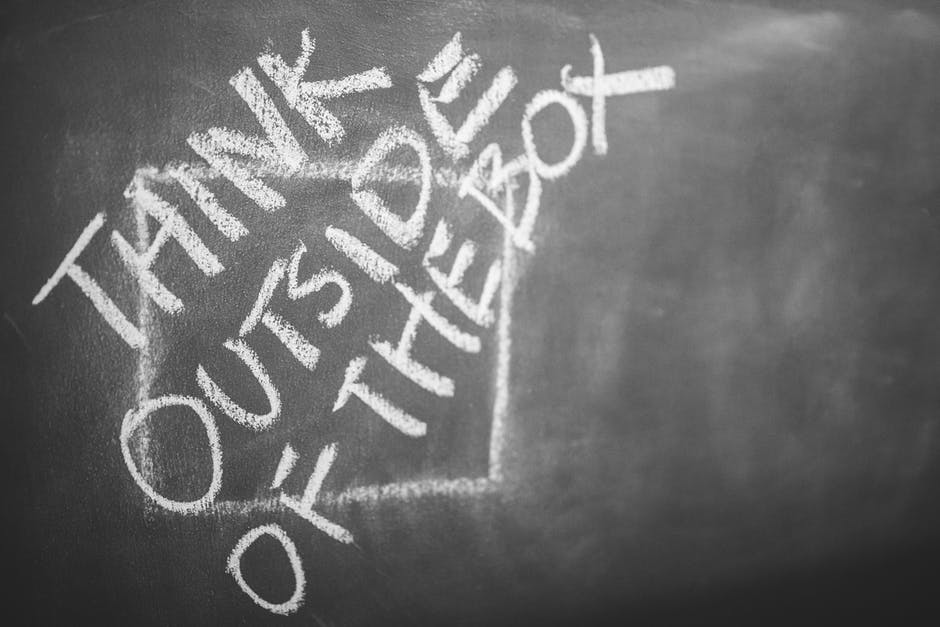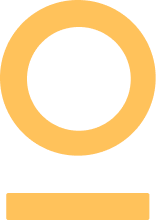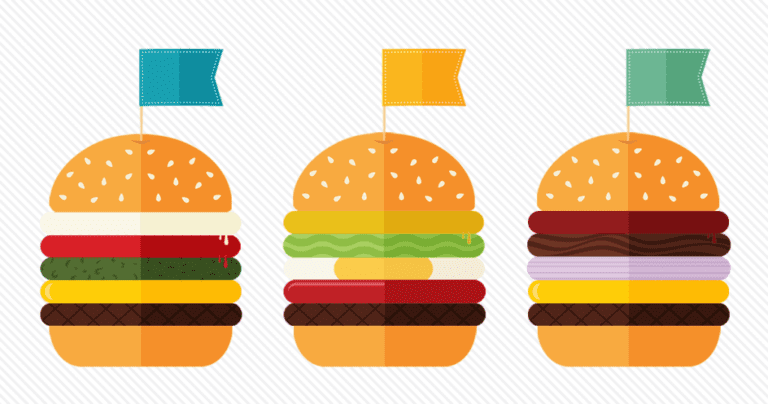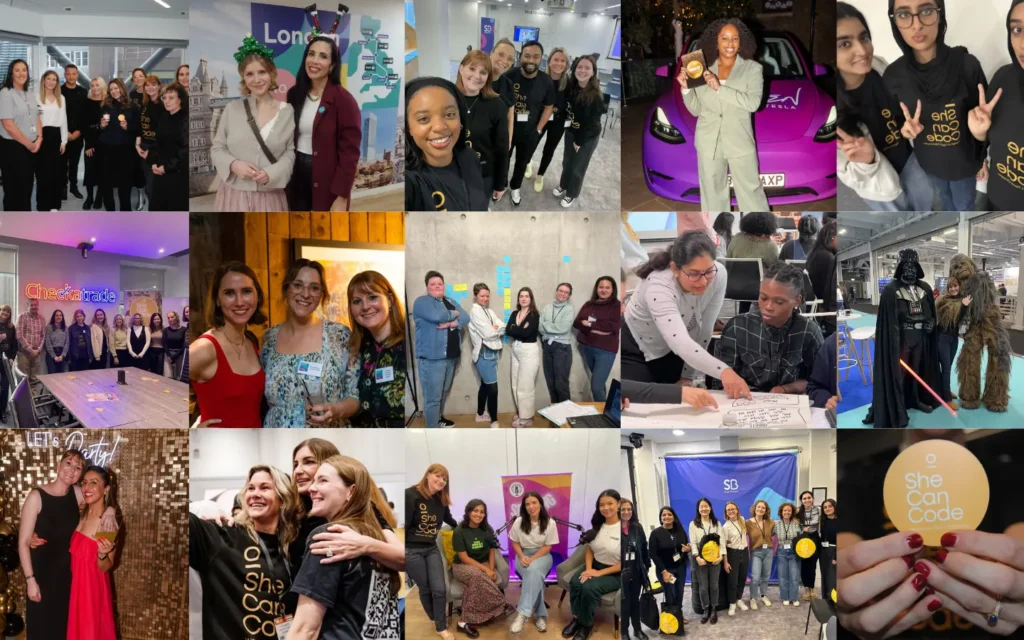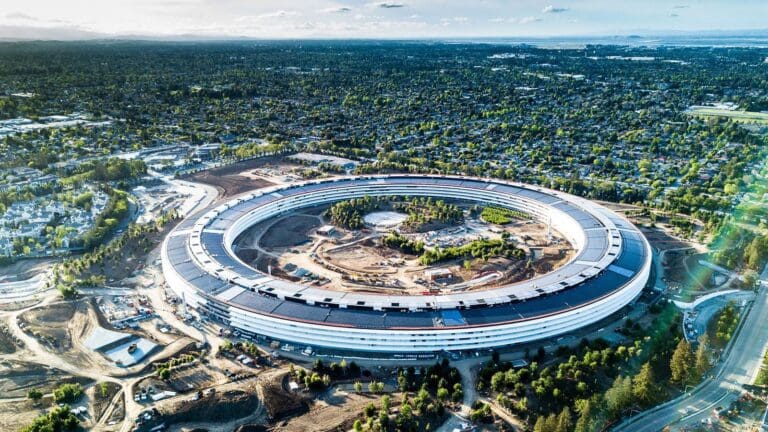What is blockchain, exactly?
If you aren’t exactly sure, then you are not alone! This primer from IBM explains things really simply and easily.
“To summarise, a blockchain is a tamper-evident, shared digital ledger that records transactions in a public or private peer-to-peer network. Distributed to all member nodes in the network, the ledger permanently records, in a sequential chain of cryptographic hash-linked blocks, the history of asset exchanges that take place between the peers in the network.
All the confirmed and validated transaction blocks are linked and chained from the beginning of the chain to the most current block, hence the name blockchain. The blockchain thus acts as a single source of truth, and members in a blockchain network can view only those transactions that are relevant to them.”
Check out Moneymunk.com’s guide here to cut through the noise that surrounds bitcoin.
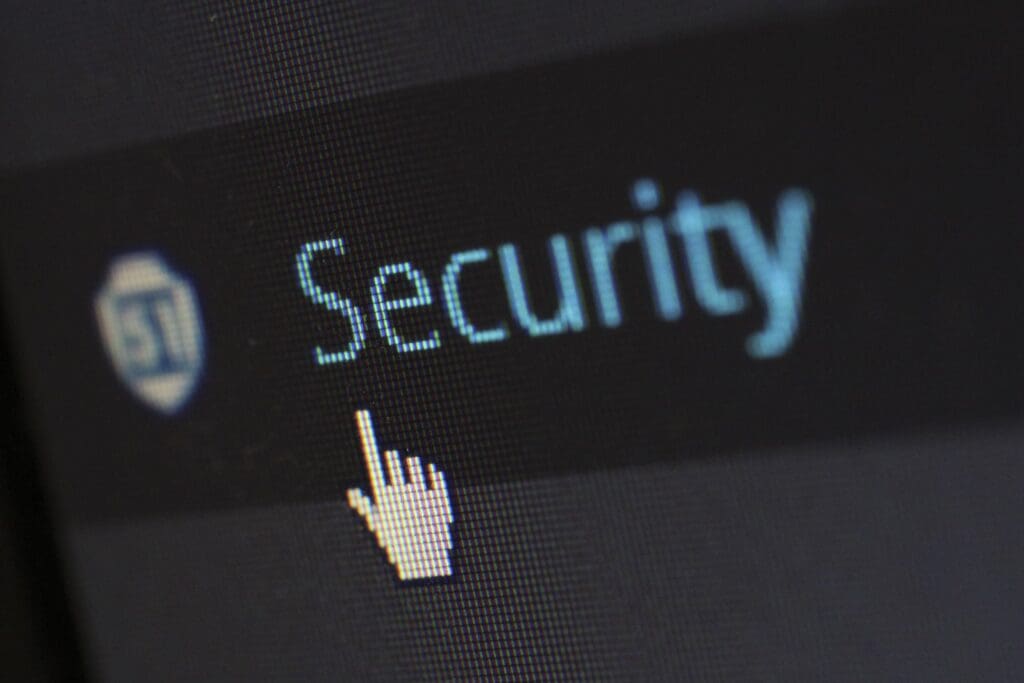
How does Blockchain work?
Harvard Business Review provides a great breakdown of the five basic principles underpinning blockchain technology
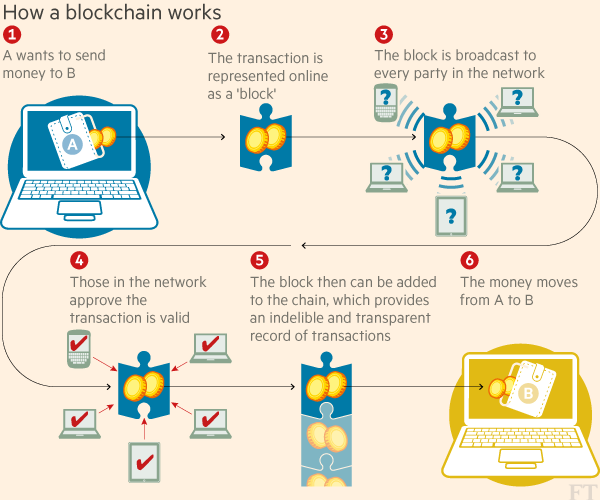
1. Distributed Database
Each party on a blockchain has access to the entire database and its complete history. No single party controls the data or the information. Every party can verify the records of its transaction partners directly, without an intermediary.
2. Peer-to-Peer Transmission
Communication occurs directly between peers instead of through a central node. Each node stores and forwards information to all other nodes.
3. Transparency with Pseudonymity
Every transaction and its associated value are visible to anyone with access to the system. Each node, or user, on a blockchain has a unique 30-plus-character alphanumeric address that identifies it. Users can choose to remain anonymous or provide proof of their identity to others. Transactions occur between blockchain addresses.
4. Irreversibility of Records
Once a transaction is entered in the database and the accounts are updated, the records cannot be altered, because they’re linked to every transaction record that came before them (hence the term “chain”). Various computational algorithms and approaches are deployed to ensure that the recording on the database is permanent, chronologically ordered, and available to all others on the network.
5. Computational Logic
The digital nature of the ledger means that blockchain transactions can be tied to computational logic and in essence programmed. So users can set up algorithms and rules that automatically trigger transactions between nodes.
For another explanation, check out this short whiteboard session walking through step by step how Blockchain works
Is blockchain only used in Finance then?
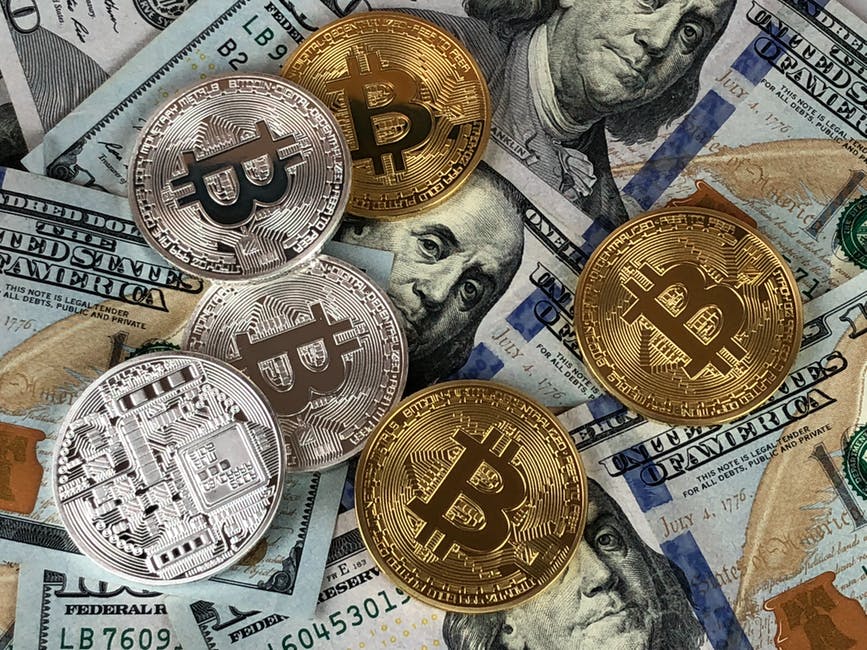
No! There are many uses for blockchain technologies. Although cryptocurrencies are prominent currently, other applications are rising have huge potential. It will take years to transform businesses, but it starts now.
What next for blockchain?
Beside cryptocurrencies, one of the most promising developments on blockchain is the use of smart contracts. The concept of smart contracts was first described by Nick Szabo in 1994 . He describes smart contracts as ‘a computerized transaction protocol that executes the terms of a contract’.
The rise of the Ethereum blockchain facilitates the easy development and deployment of smart contracts in a variety of different circumstances, opening up the application of blockchain across many industries and scenarios

IBM and Maersk are leading the way in disrupting the international trade market, by creating a new company, building a global trade platform using blockchain technology aimed at improving the cost of transportation, lack of visibility, and inefficiencies with paper-based processes
Blockchain Timeline
Whilst blockchain is still a term people are becoming familiar with, one thing is for sure – it’s here to stay.
- 2008: Under the pseudonym Satoshi Nakamoto, a white paper on ‘a new electronic cash system’, is published
- 2009: Bitcoin begins running, on an open-source blockchain
- 2012: Ripple, a digital currency and blockchain for transferring money, is released
- 2013: Price of Bitcoin hits $1,242, a record high, having been as low as $0.31 in 2011. US closes down Silk Road, an online marketplace using bitcoin
- 2014: Banks warn of the risk of money laundering via bitcoin. Digital currency exchange Mt Gox collapses, with $480m in customer deposits missing
- 2015: Banks and financial institutions begin to test blockchain technology, including using bitcoin and Ripple on internal ‘permissioned’ systems fewer
- 2016: 15% of banks are expected to be using blockchain
- 2017: The ethereum smart contract platform now has a market cap of around a billion dollars, with hundreds of projects headed toward the market
Beyond: Blockchain scaling. A scaled blockchain is expected to be fast enough to power the internet of things and go head-to-head with the major payment middlemen (VISA and SWIFT) of the banking world
Should I care?
Blockchain is already starting to take off, with use cases starting to expand rapidly outside of Cryptocurrency and Fintech. Some consider the rise of Blockchain being as important as the internet. As blockchain and cryptocurrencies flourish, employers are seeking workers with blockchain skills, with Upwork, a freelancing firm, says blockchain is its fastest-growing skill category. Learning more and gaining experience with Blockchain now, could be a very smart career move.
How would you use Blockchain?
Where else do you think Blockchain technology could be applied? Let us know your ideas in the comments below.
